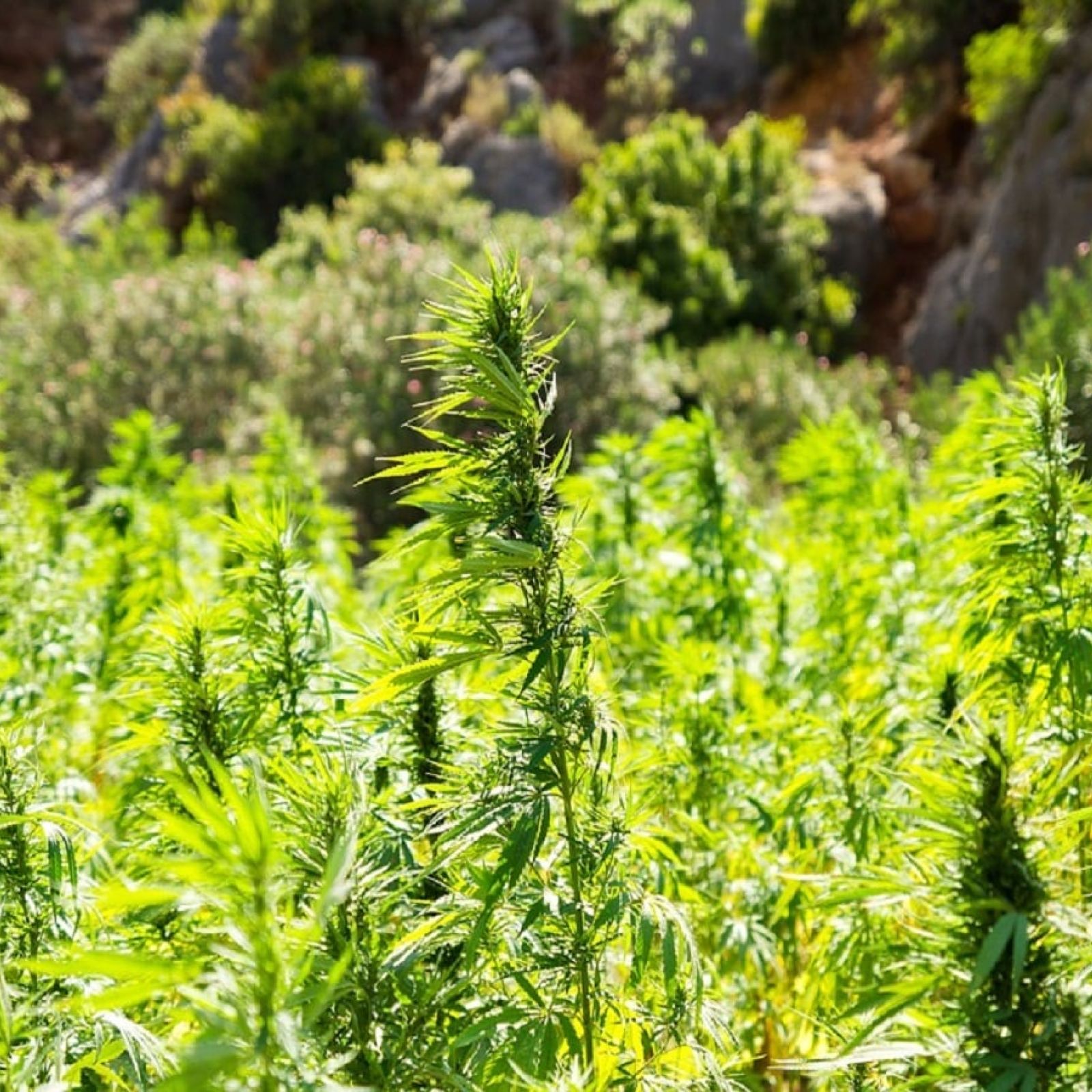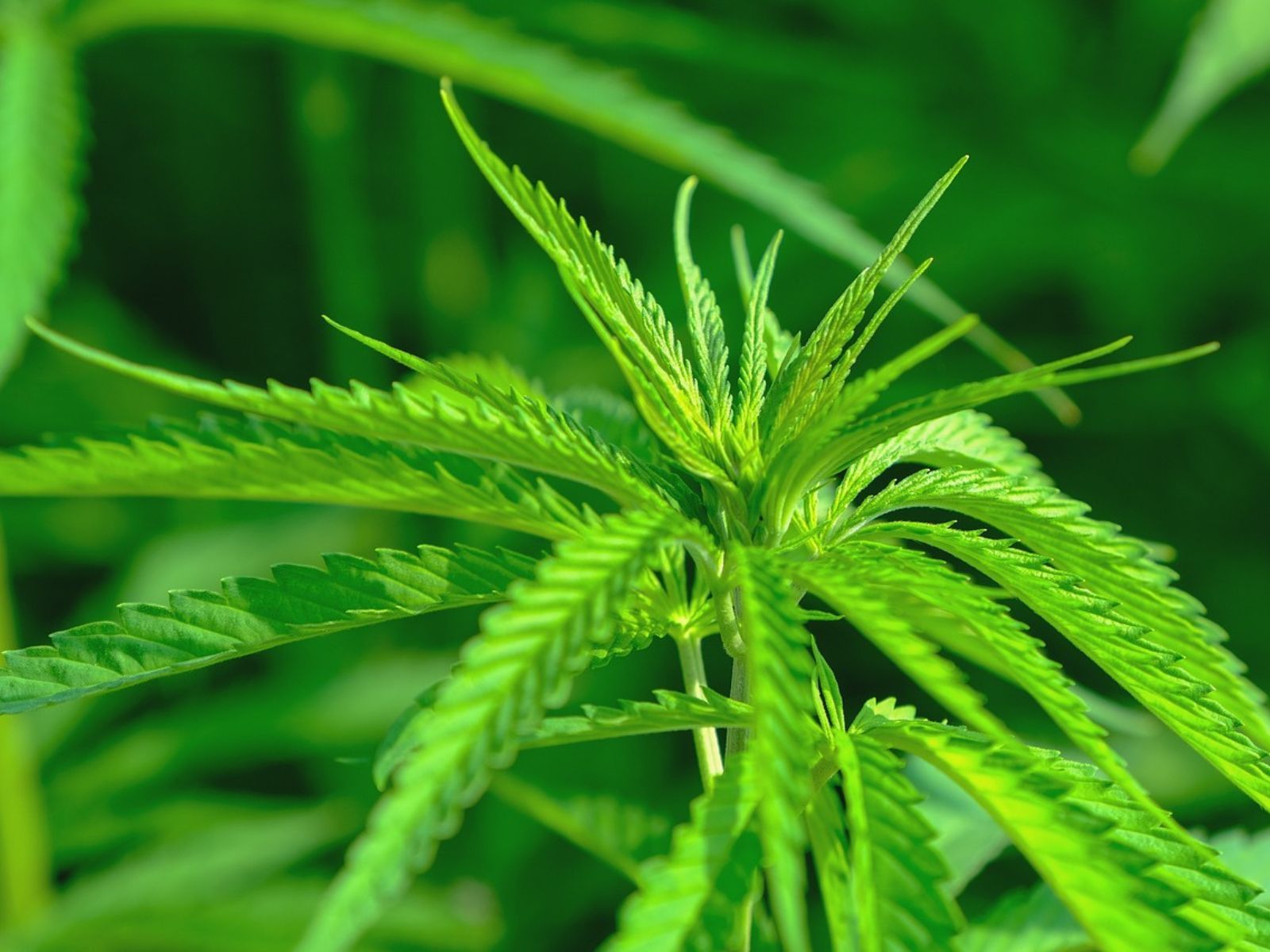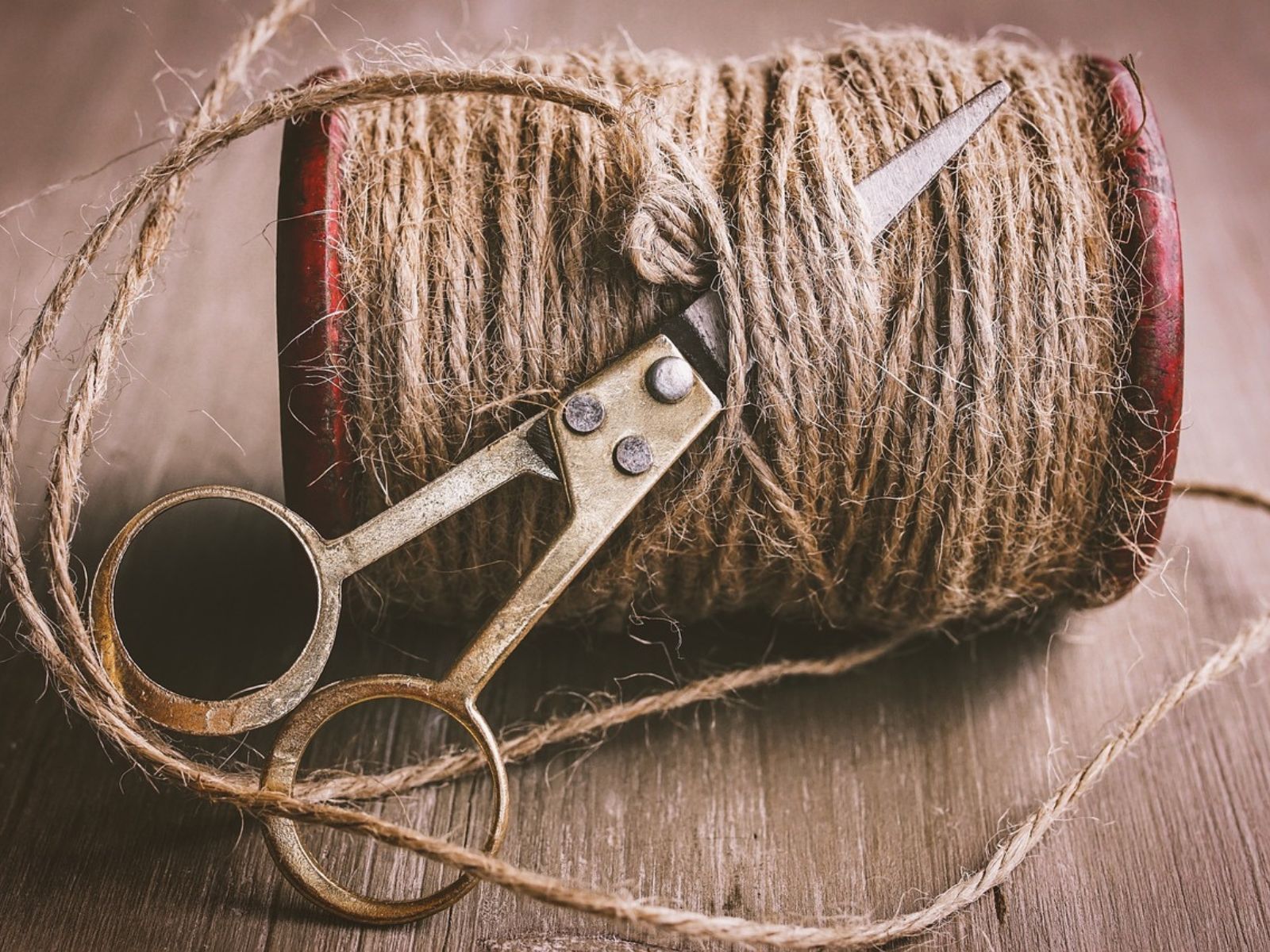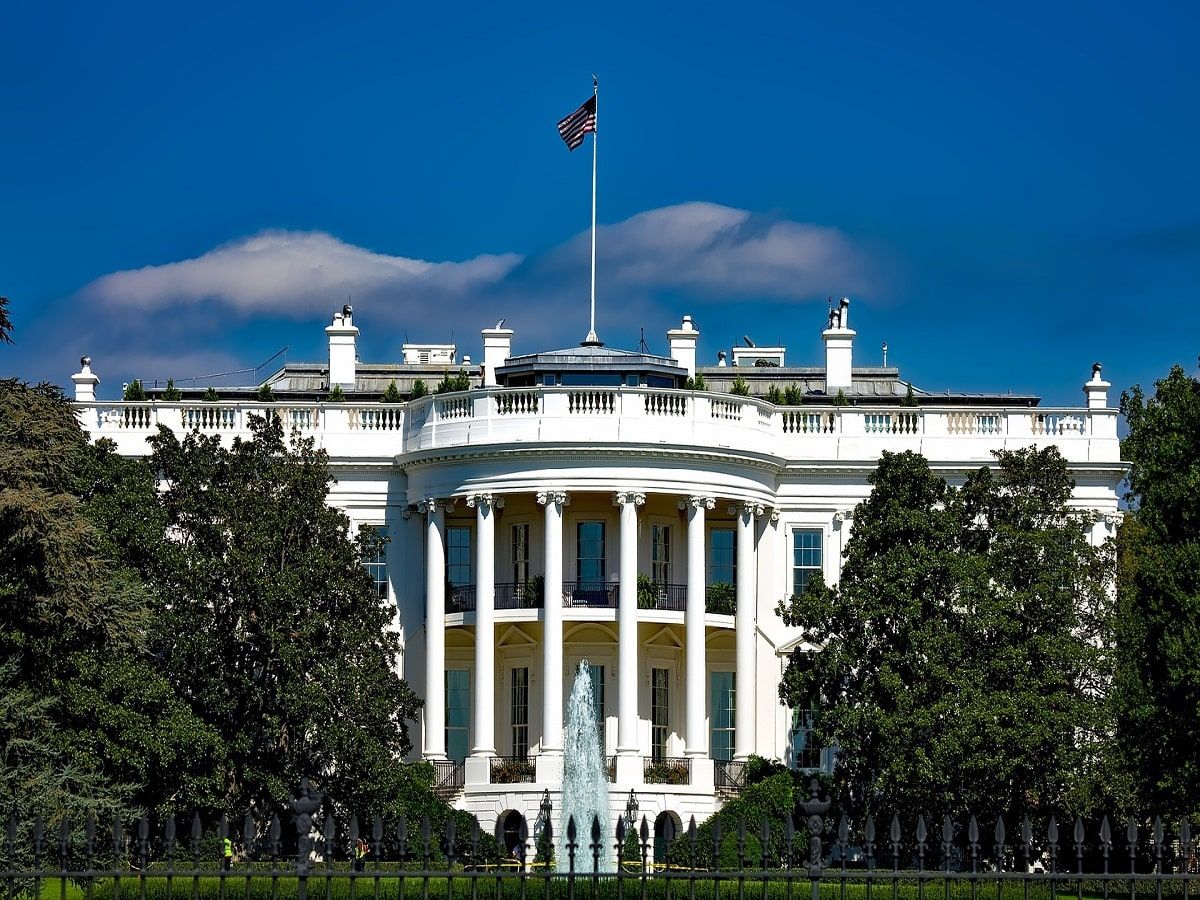
4 Very Important Things To Consider Before Cultivating Hemp

4 Very Important Things To Consider Before Cultivating Hemp
Cultivating any type of agriculture crop on a large scale takes a significant amount of resources, and cultivating the hemp plant is no exception.
The hemp plant may be easier to cultivate compared to other types of crops, and demand for hemp-derived products has definitely spiked in recent years, however, just because a farmer cultivates hemp does not mean that financial success is guaranteed.
As with virtually any worthwhile endeavor, farmers need to perform their due diligence and consider a number of factors before dedicating acreage, time, and other resources to hemp cultivation.
Below are four very important factors that are often overlooked by farmers who get caught up in all of the excitement surrounding hemp cultivation.
1. A Plan in Place for the Harvest
The hemp plant is a hearty plant that is fairly straight forward to cultivate and is not as prone to issues compared to other agricultural crops.
Germinating seeds is not too difficult of a task, and while planting is labor and time-intensive, theoretically just about everyone can do it successfully.
Successfully cultivating hemp plants from seed to harvest, even on a large scale, is something that most experienced farmers can do if they prepare properly.
2019 was the most popular year for hemp cultivation in the United States in modern times, which is a point that we will explore later in this article.
The excitement around hemp cultivation is understandable, as is the spike in the number of farmers dedicating a large number of acres to hemp.
Many of those farmers realized that they had a harvest problem on their hands too late in the process and suffered as a result.
The hemp plant may be straightforward to cultivate compared to other plants, however, it is often more difficult to harvest properly, especially on a large scale.
Using traditional agriculture harvesting equipment typically results in a significant loss in the quality of the hemp harvested.
Farmers that do not plan for harvest ahead of time are setting themselves up for failure. They need to lock down an experienced harvest team way ahead of time.
2. A Location to Dry the Harvested Plants
A properly cultivated hemp field that yields a massive crop can be a two-edged sword. On one hand, a larger crop is always a welcomed thing.
On the other hand, those plants need a lot of space to dry.
Unlike corn, which can be stored in various ways post-harvest, the hemp plant needs to undergo a specific drying process in order to maximize its usefulness.
A harvested hemp plant needs to cure in a dry, dark place for a duration of time in order to reach its full potential, and that requires a massive indoor facility when hundreds of acres are involved.
Many farmers made the mistake this last season of focusing all of their time and energy towards cultivating plants just to watch them rot out in the cold because they did not plan for the drying process.
Hemp farmers would be wise to lock down a space to dry all of their harvest before they plant their first hemp seed in the ground.
Otherwise, they run the risk of never making it to the finish line.
3. Have a Buyer Lined Up
The last hemp season was full of success stories, with many farmers knocking it out of the park and reaping the financial rewards from doing so.
Unfortunately, many more farmers had visions of grandeur in their minds during the planting and cultivation season just to have those visions dashed when they weren’t able to sell their harvests.
Hemp and hemp-derived CBD products may be experiencing an exponential level of growth in demand in recent years, however, that doesn’t mean that harvested hemp will sell itself.
Most hemp harvests are turned into CBD oil and other processed goods. Raw hemp flower is growing in popularity, however, that popularity pales in comparison to demand for CBD oil.
Unless a farmer intends to create their own CBD oil out of their harvest, they will need to link up with a buyer that needs large amounts of raw hemp to make their own products, or a broker that knows buyers.
Buyers need to be identified and an agreement entered in to prior to plants going in the ground if hemp farmers want to help ensure financial success.
4. Market Saturation
It is no secret that people are scrambling to get into the hemp industry right now, largely due to how popular CBD has become in recent years.
According to Vote Hemp, in 2019 over 500,000 acres were licensed to cultivate hemp in the United States. That’s a 476% increase compared to 2018.
The hemp-demand pie may be huge, however, it is split into many slices right now, and more slices are being created with every passing year. Market saturation is a real concern.
If you are considering cultivating hemp, it is vital that you realize that you are not the only one contemplating pursuing that idea.
This is not meant to dissuade farmers from cultivating hemp, but rather encouraging farmers to temper their expectations and take the approach of easing into the shallow end of the pool rather than diving into the deep end.
Be patient, proceed methodically, and build your cultivation operation in a rational way rather than letting hype and emotion get the best of you.
Share article
Ticket Prices increase
JANUARY 28

Ticket Prices increase
JANUARY 28

Join Our Awesome Community
Join Our Awesome Community
Join Our Awesome
Community
Get all the latest industry news
delivered to your inbox







